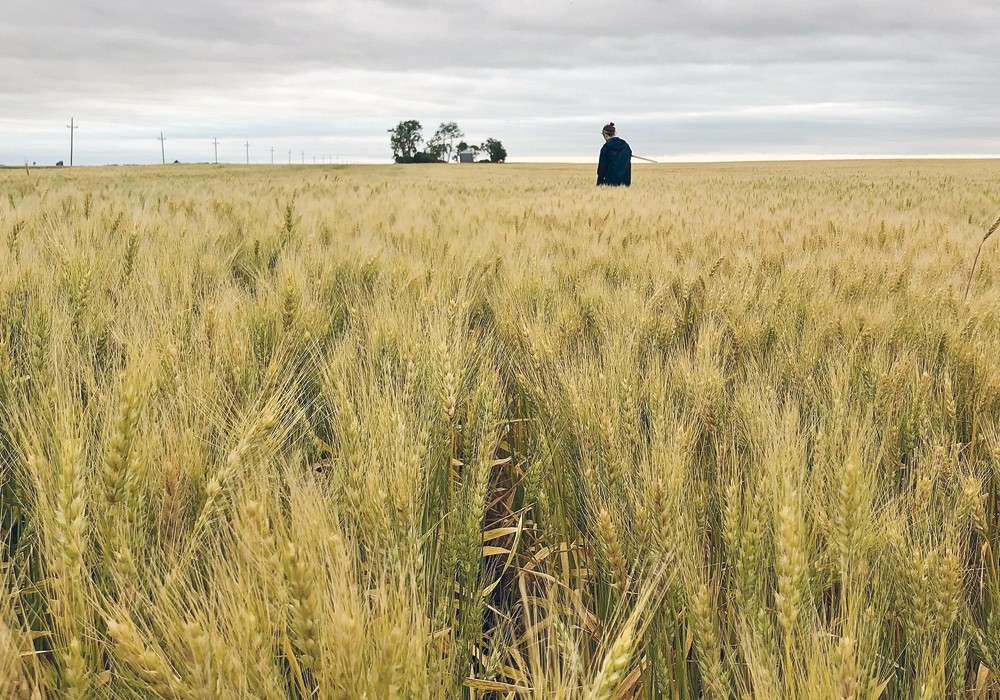A USDA prediction for a three percent decline in production is looking likely as wet conditions prevent seeding
Jim Peterson initially scoffed at the U.S. Department of Agriculture’s first attempt at pegging spring wheat acres.
In its March Prospective Plantings report, the USDA forecast 12.83 million acres, a three percent decline from the previous year.
Peterson, policy director for the North Dakota Wheat Commission, was forecasting a bigger switch out of durum and into spring wheat in states like Montana.
He wasn’t alone. Analysts were expecting a three percent surge in spring wheat plantings before the release of the USDA report.
Read Also

Critical growing season is ahead for soybeans
What the weather turns out to be in the United States is going to have a significant impact on Canadian producers’ prices
In the weeks that followed the report, it became apparent that unusually wet conditions are preventing farmers from seeding in the southeastern portion of the spring wheat growing area.
Suddenly, the USDA forecast is looking prescient.
“Now that might actually come out pretty close,” said Peterson.
Growers in South Dakota, southeastern North Dakota and western Minnesota could find themselves “bumping up” against the seeding window and switching to soybeans or taking advantage of the U.S. prevented planting program.
Peterson said the market doesn’t appear to be concerned about losing spring wheat acres due to plentiful supplies.
Bruce Burnett, director of markets and weather with Glacier’s MarketsFarm, said the southern region of northern plains of the U.S. isn’t the only part of the country experiencing seeding delays.
Large portions of the western corn belt are behind, including Nebraska, northern Iowa, southern Minnesota, South Dakota, northern Illinois and southern Wisconsin.
That area received excess precipitation over winter, which has caused record flooding in some regions of the U.S. Midwest.
It will be mid-May before farmers can get into the fields in some areas of the Midwest, which will likely lead to some rethinking of seeding plans.
“I would say there’s probably a good chance we’ll see the corn area be reduced a little bit and the soybean area up a little bit,” said Burnett.
By a “little bit” he means two million acres or more switching from corn to soybeans.
The USDA forecasts 92.8 million acres of corn and 84.6 million acres of soybeans.
Burnett doesn’t believe the switch would have much of an impact on soybean prices, which are already depressed due to China’s 25 percent import tariff. But it could tighten the corn supply-and-demand situation.
“I don’t think it tightens it enough to have an ethereal boost to prices,” he said.
“It’s certainly not going to add a buck a bushel or anything like that.”
The acreage losses in corn and wheat could be partially offset by a yield bump due to good soil moisture conditions.
However, corn yields generally tend to decline if the crop is planted after May 10, so if wet weather delays seeding for a long time in the western corn belt, any gains in yield from having adequate soil moisture could be erased by losses due to late planting.


















